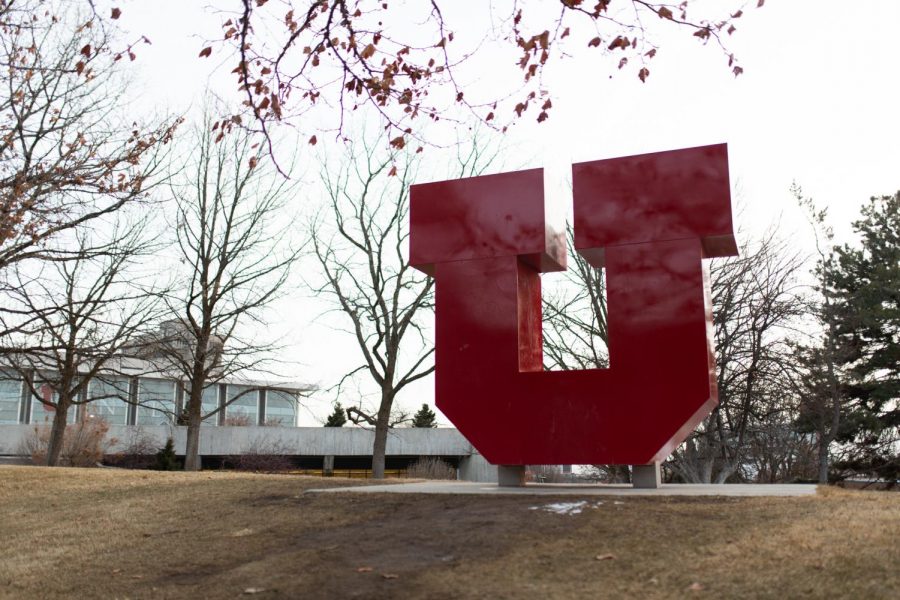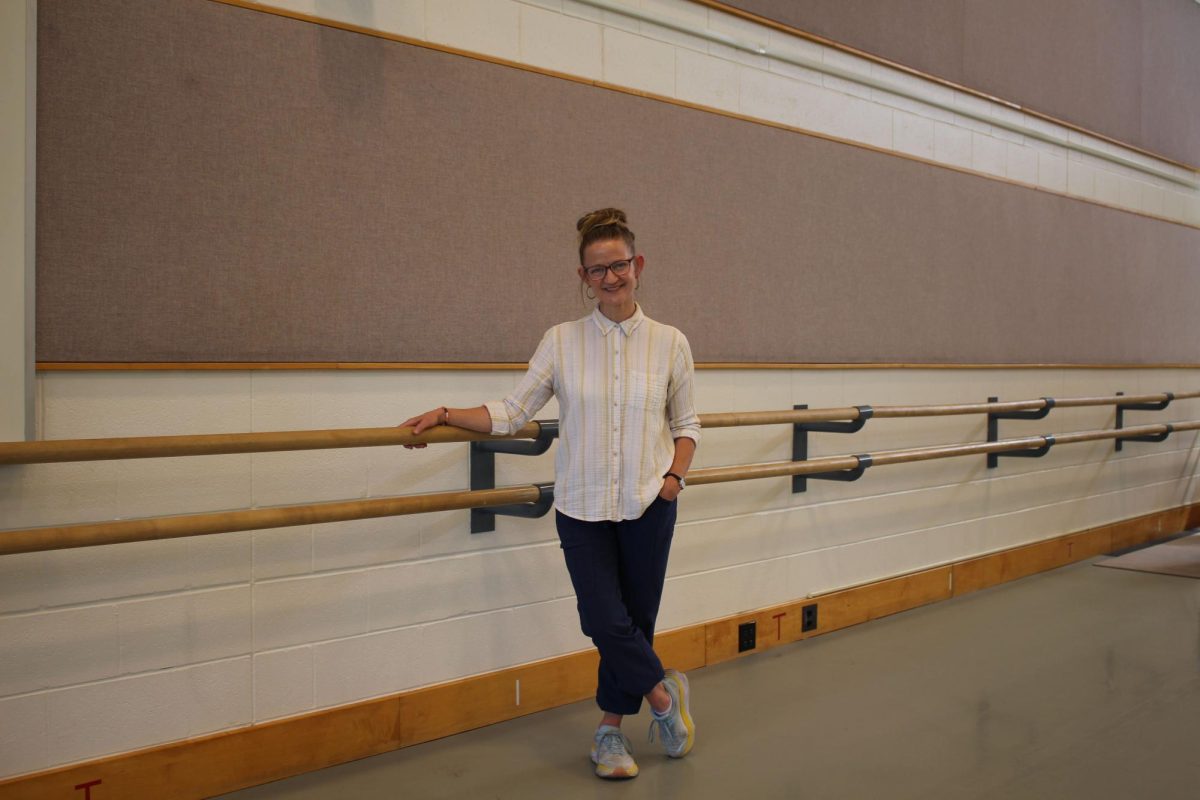U’s Efforts in Sustainability Earns STARS Gold Rating
Evening on University of Utah campus, Thursday in Salt Lake City. (Photo by Maya Fraser | The Daily Utah Chronicle)
February 15, 2021
After taking campus-wide efforts to increase sustainability, the University of Utah has earned a STARS Gold rating from The Association for the Advancement of Sustainability in Higher Education.
Nationally, there are currently 176 institutions with a gold rating or higher. The participants report achievements in five areas: academics, engagement, operations, planning and administration, and innovation and leadership.
Back in 2007, the U opened the first Sustainability Office on campus, and in 2011, the first STARS report was sent out. The result was a Bronze rating.
Last year, in February 2020, the U hired Kerry Case — the department’s Chief Sustainability Officer.
“The university has been striving to be a leader in sustainability for more than a decade. Achieving the Gold Rating validates the significant strides the university made during this time in sustainability-related academics, research and operations,” Case said.
The U is continuing to work to reach carbon neutrality by the year 2050 by gaining knowledge and doing research — along with using the best possible practices for climate mitigation and adaptation as stated in the Presidents’ Climate Leadership Commitments.
“The approach we have been taking embeds into everything we are doing. It requires a lot of collaboration between facilities, staff, and planning,” said Brenda Bowen, the director of the Global Change and Sustainability Center at the U.
The Sustainability Education Advisory Committee encourages sustainability literacy along with creating the related course designations.
“This new gold status is a result of the U’s efforts to bring sustainability to our curriculum and research,” Bowen said.
In terms of research, the U initially had just 40% of departments looking into sustainability related-research in 2017, and this number has now progressed to 65%.
“Sustainability is much more than just the environment. It is everything between economics, equity, and the environment as a whole,” Case said. “Students are always at the center of our work, and they continue to be major contributors to our achievements. I want to shout out to the students who have done great work to make this happen.”
Students have also become more involved in classes with sustainability-related issues, because of SEAC, 78% of departments at the U offer sustainability courses.
“I feel proud of my colleagues and the students to make the changes we have seen. There has been such a growth,” Bowen said.
Total energy and costs are at their lowest level since 2011. The U has also reduced potable water use by 30% per weighted campus user since 2010. In order to continue improving its operations, the U has focused on improving its buildings, taking emissions inventories, monitoring energy and water use on campus and otherwise keeping up with the management and maintenance of the campus.
The U Facilities Management team also has focused on introducing energy-efficient projects that include upgrading lighting and HVAC systems, as well as using data analytics to identify and replace faulty equipment and minimize waste in certain areas. In 2019, there was an 18% reduction in energy consumption per unit of floor area from the 2010 levels, which has led to an overall decrease in greenhouse gas emissions for the U.
“I feel optimistic and aware of what we must do to continue striving forward to possibly achieve Platinum moving forward,” Bowen said.











